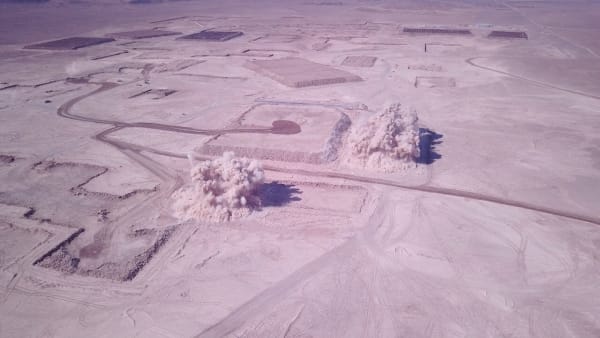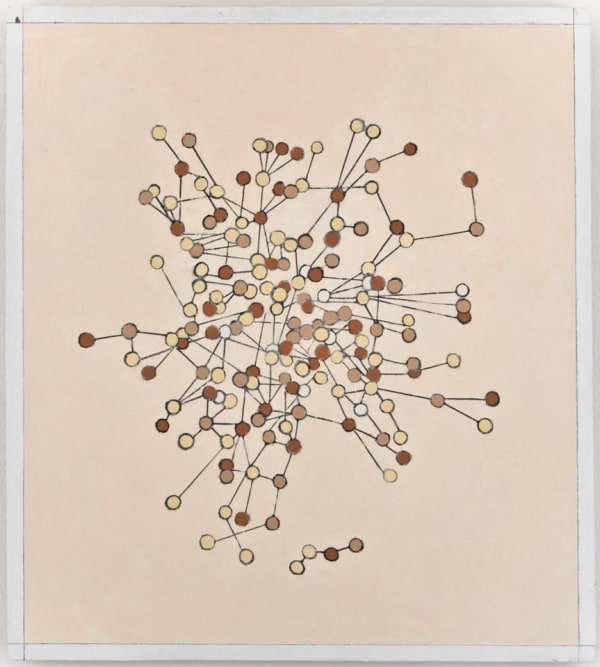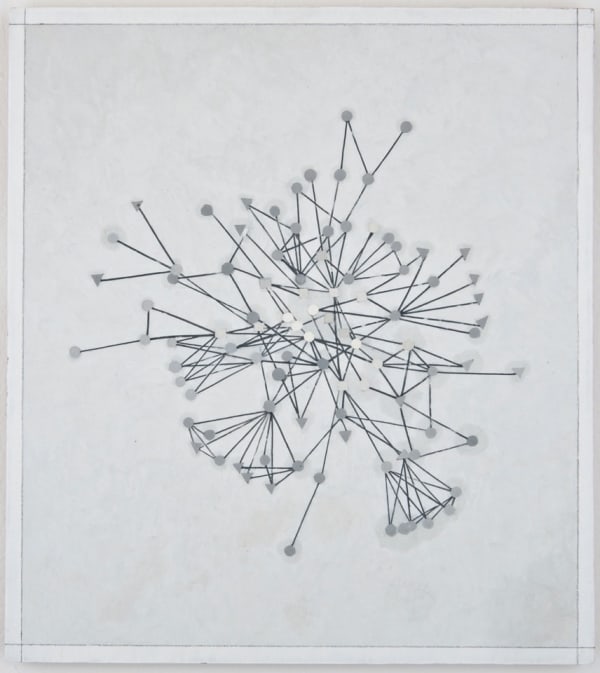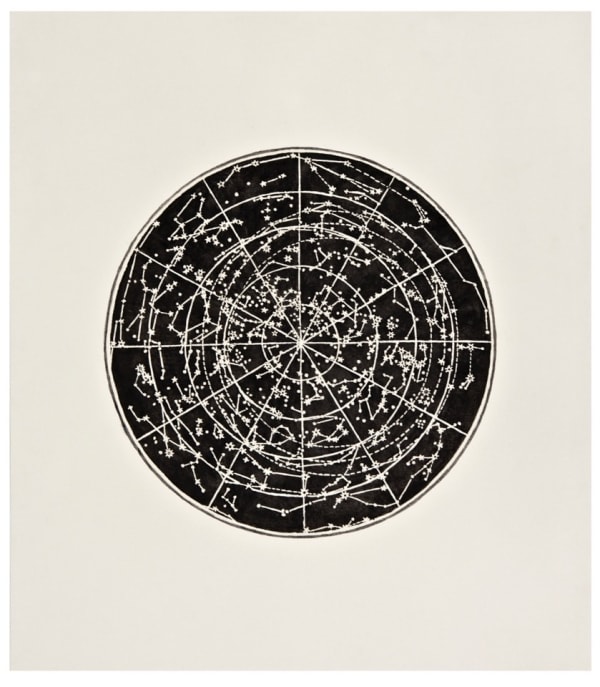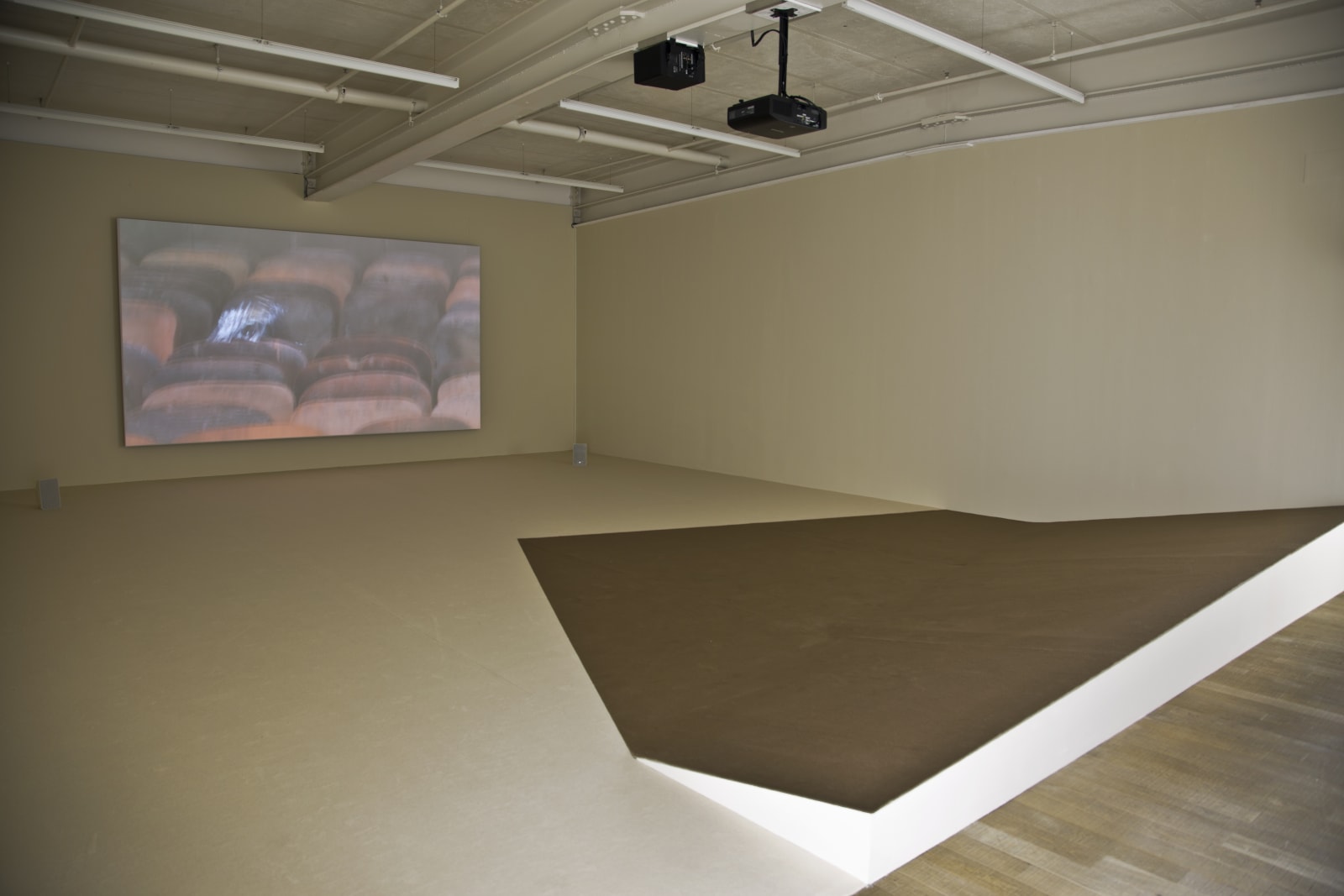Melanie Smith: María ElenaGalerie Peter Kilchmann, Zahnradstrasse, Zurich
Galerie Peter Kilchmann is pleased to present the fifth solo exhibition by Melanie Smith, who was born in Poole, England in 1965. Since 1989 she has lived and worked in Mexico City. She is staying in London for several months from July 2018 on.
-
 Melanie SmithMaría Elena, 2018Single channel video projection, full HD, color, sound, 24 min
Melanie SmithMaría Elena, 2018Single channel video projection, full HD, color, sound, 24 min
Camera: Julien Devaux and Carlos Andrés Echavarria Alvarez
Sound: Felix BlumeEd. of 5 (+ 1 AP) -
 Melanie SmithMaría Elena VIII, 2018Diptych, oil and pencil on veneered MDF38 x 68 cm (15.0 x 26.8 in.)
Melanie SmithMaría Elena VIII, 2018Diptych, oil and pencil on veneered MDF38 x 68 cm (15.0 x 26.8 in.) -
 Melanie SmithMaría Elena IX, 2018Diptych, oil and pencil on veneered MDF38 x 68 cm (15.0 x 26.8 in.)
Melanie SmithMaría Elena IX, 2018Diptych, oil and pencil on veneered MDF38 x 68 cm (15.0 x 26.8 in.) -
 Melanie SmithDiagrama 81, 2018Oil and pencil on veneered MDF38 x 34 cm (15.0 x 13.4 in.)
Melanie SmithDiagrama 81, 2018Oil and pencil on veneered MDF38 x 34 cm (15.0 x 13.4 in.) -
 Melanie SmithDiagrama 82, 2018Oil and pencil on veneered MDF38 x 34 cm (15.0 x 13.4 in.)
Melanie SmithDiagrama 82, 2018Oil and pencil on veneered MDF38 x 34 cm (15.0 x 13.4 in.) -
 Melanie SmithDiagrama 83, 2018Oil and pencil on veneered MDF38 x 34 cm (15.0 x 13.4 in.)
Melanie SmithDiagrama 83, 2018Oil and pencil on veneered MDF38 x 34 cm (15.0 x 13.4 in.) -
 Melanie SmithConstelación 4, 2018Pigmented masking fluid on paper50 x 45 cm (19.7 x 17.7 in.)
Melanie SmithConstelación 4, 2018Pigmented masking fluid on paper50 x 45 cm (19.7 x 17.7 in.)
65 x 58.5 cm (25.6 x 23.0 in.), framed -
 Melanie SmithConstelación 5, 2018Pigmented masking fluid on paper50 x 45 cm (19.7 x 17.7 in.)
Melanie SmithConstelación 5, 2018Pigmented masking fluid on paper50 x 45 cm (19.7 x 17.7 in.)
65 x 58.5 cm (25.6 x 23.0 in.), framed -
 Melanie SmithConstelación 3, 2018Pigmented masking fluid on paper50 x 45 cm (19.7 x 17.7 in.)
Melanie SmithConstelación 3, 2018Pigmented masking fluid on paper50 x 45 cm (19.7 x 17.7 in.)
65 x 58.5 cm (25.6 x 23.0 in.), framed -
 Melanie SmithMaría Elena V, 2018Diptych, oil, pencil and encaustic on veneered MDF34 x 76 cm (13.4 x 29.9 in.)
Melanie SmithMaría Elena V, 2018Diptych, oil, pencil and encaustic on veneered MDF34 x 76 cm (13.4 x 29.9 in.) -
 Melanie SmithMaría Elena VI, 2018Diptych, oil, pencil and encaustic on veneered MDF34 x 76 cm (13.4 x 29.9 in.)
Melanie SmithMaría Elena VI, 2018Diptych, oil, pencil and encaustic on veneered MDF34 x 76 cm (13.4 x 29.9 in.) -
 Melanie SmithMaría Elena VII, 2018Diptych, oil, pencil and encaustic on veneered MDF34 x 76 cm (13.4 x 29.9 in.)
Melanie SmithMaría Elena VII, 2018Diptych, oil, pencil and encaustic on veneered MDF34 x 76 cm (13.4 x 29.9 in.)

